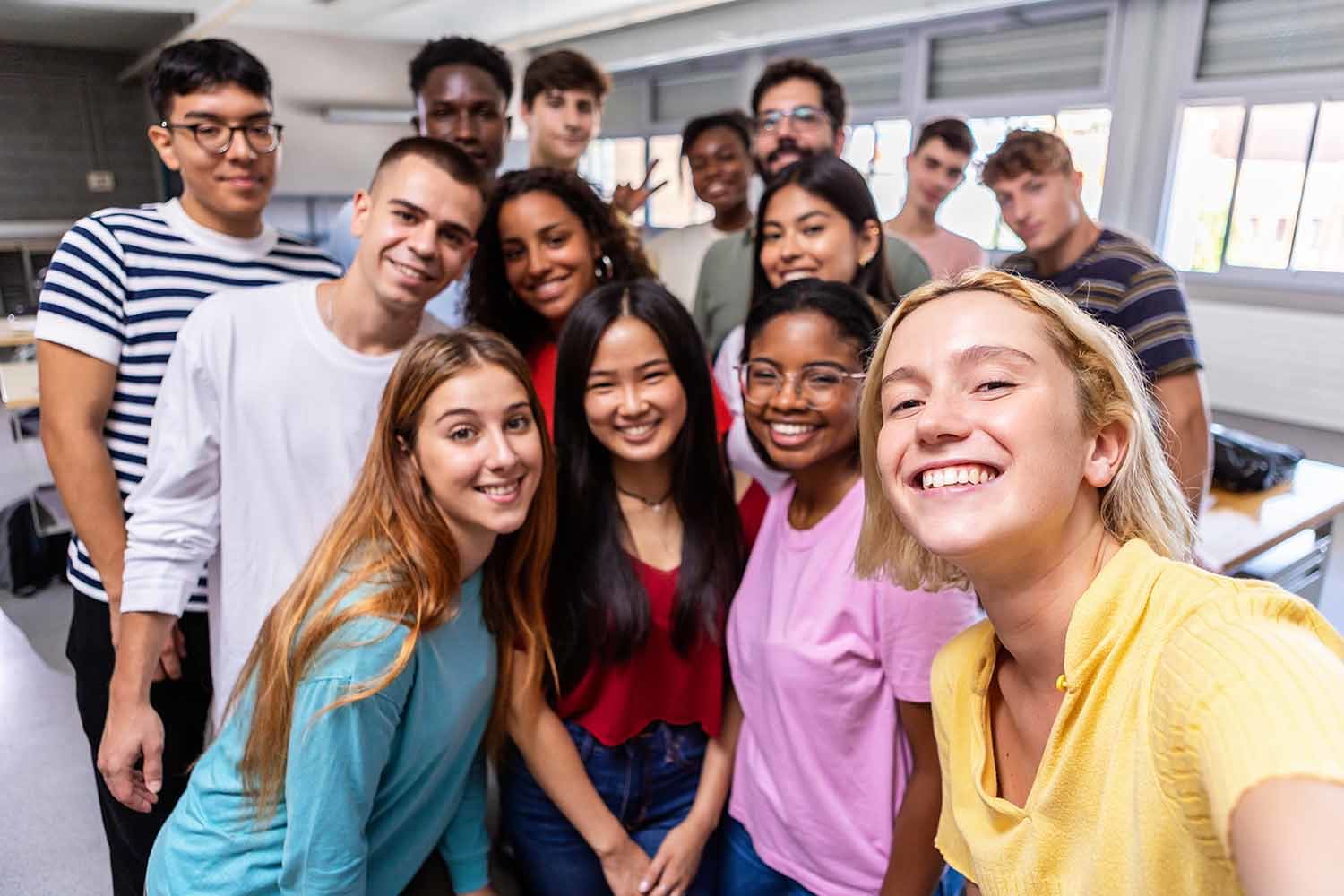How You Can Study Abroad in the U.S. With an I-20 and a Visa

International students who want to study at a U.S. high school, college, or university will need Form I-20 and a visa.
Studying in the U.S. as an international student can be an amazing experience! It’s a great opportunity to experience a different culture, meet new people, and get new perspectives on life. However, you will need to go through a multi-step process to make it happen.
If you’re planning to study in the U.S. but you’re from another country, you need a student visa. There are several different types of student visas, but all of them require you to get a Form I-20 before you apply.
Here are some things you need to know about Form I-20 and the visa application process.
WHAT IS THE I-20?
Form I-20 is a document certifying that you have been admitted to a full-time, SEVP-approved study program in the U.S. and have the financial means to stay. It’s issued by the school or other educational institution you plan to attend. If you are not from the U.S., you will need this form to get a student visa, enter the U.S., change your visa status while in the U.S., apply for benefits, or get a driver’s license or social security number.
Your I-20 will have information about you, your financial circumstances, and the school or program you plan to attend. The form includes:
- Your name
- Your date of birth
- Your citizenship information
- The program name, start date, and end date
- Information about how you plan to meet tuition and living expenses while in the program
HOW LONG DOES AN I-20 LAST?
I-20s can be valid for different amounts of time, usually until the education program ends.
If you complete your program, you can stay in the U.S. for up to 60 days after the program ends. These 60 days are known as the grace period. Students who drop out of school do not get the grace period.
If you want to continue your studies in the U.S. after your program ends, you will need to get your I-20 extended. If your I-20 expires, you may be staying in the U.S. illegally even if your visa is still valid.
I-20 AND F-1 VISAS
You need a Form I-20 to apply for an F-1 visa (or any other type of F or M visa). F-1 visas are for full-time students, including high school and college students.
To get an F-1 visa, you will need to an I-20 from the U.S. school you plan to attend. After that, you will need to register with the Student and Exchange Visitor Information System (SEVIS) and pay the SEVIS I-901 fee before you can apply for your visa.
CAN YOU WORK IN THE U.S. WITH AN I-20 AND A STUDENT VISA?
If you have an F-1 student visa, you can accept some types of on-campus work for up to 20 hours per week during the school term. If you study in the U.S. for more than one year on an F-1 visa (such as for a 4-year college degree), you may also be eligible for certain types of off-campus work.
Keep in mind that U.S. high schools usually don’t offer many on-campus work opportunities for students. Colleges and universities tend to have more options.
HOW TO GET AN I-20 AND VISA

THE VISA APPLICATION PROCESS
1. Apply to attend a U.S. school or educational program as a full-time student.
2. After you are accepted, the designated school official (DS) should provide you with a Form I-20.
3. Register with SEVIS and pay the SEVIS I-901 fee.
4. Complete the online visa application. The application will ask you to provide a photo of yourself and other information.
5. Schedule an interview with a U.S. Embassy or Consulate for your visa application, ideally one in the country where you live. You may need to pay a visa application fee before your interview.
6. Bring the following documents to your interview:
- Your Form I-20.
- A passport that is valid for travel to the U.S. for at least six months beyond your intended stay, unless you are exempt because of country-specific agreements.
- Your nonimmigrant visa application, Form DS-160 confirmation page.
- An application fee payment receipt if you paid before the interview.
- A photo of yourself, if you couldn’t upload one while completing the online Form DS-160.
- Any additional documents requested by the consular officer, which could include transcripts, standardized test scores, evidence of how you will pay for your education, and more.
7. You will need to get a fingerprint scan done. These scans are usually taken during the interview, but not always.
8. If your visa is approved, you may also need to pay a visa issuance fee, depending on your nationality.
9. You may arrive in the U.S. up to 30 days before the start date on your Form I-20 document. When you enter the U.S., you will need your signed Form I-20 on hand. Do not pack it in a suitcase.
Interviews are required for visa applicants aged 14-79, with some exceptions for renewals. Wait times for interview appointments can be long, so you should apply for your visa early.
COST
To get your student visa, you must pay the I-901 SEVIS fee. This fee supports the program that keeps track of international students and exchange students and helps you maintain your status. As of January 2023, the SEVIS fee is $350 for most students and $220 for most exchange visitors.
You may also need to pay a visa issuance fee. For most people seeking a student visa, this fee is $160.
DO YOU WANT TO STUDY AT ARCHBISHOP MURPHY HIGH SCHOOL?
Archbishop Murphy High School is an SEVP-approved, college preparatory, private high school that accepts international applicants with F-1 visas. We welcome students who apply alone or through educational agencies.
You can learn more about attending AMHS as an international student on our international admission page.
